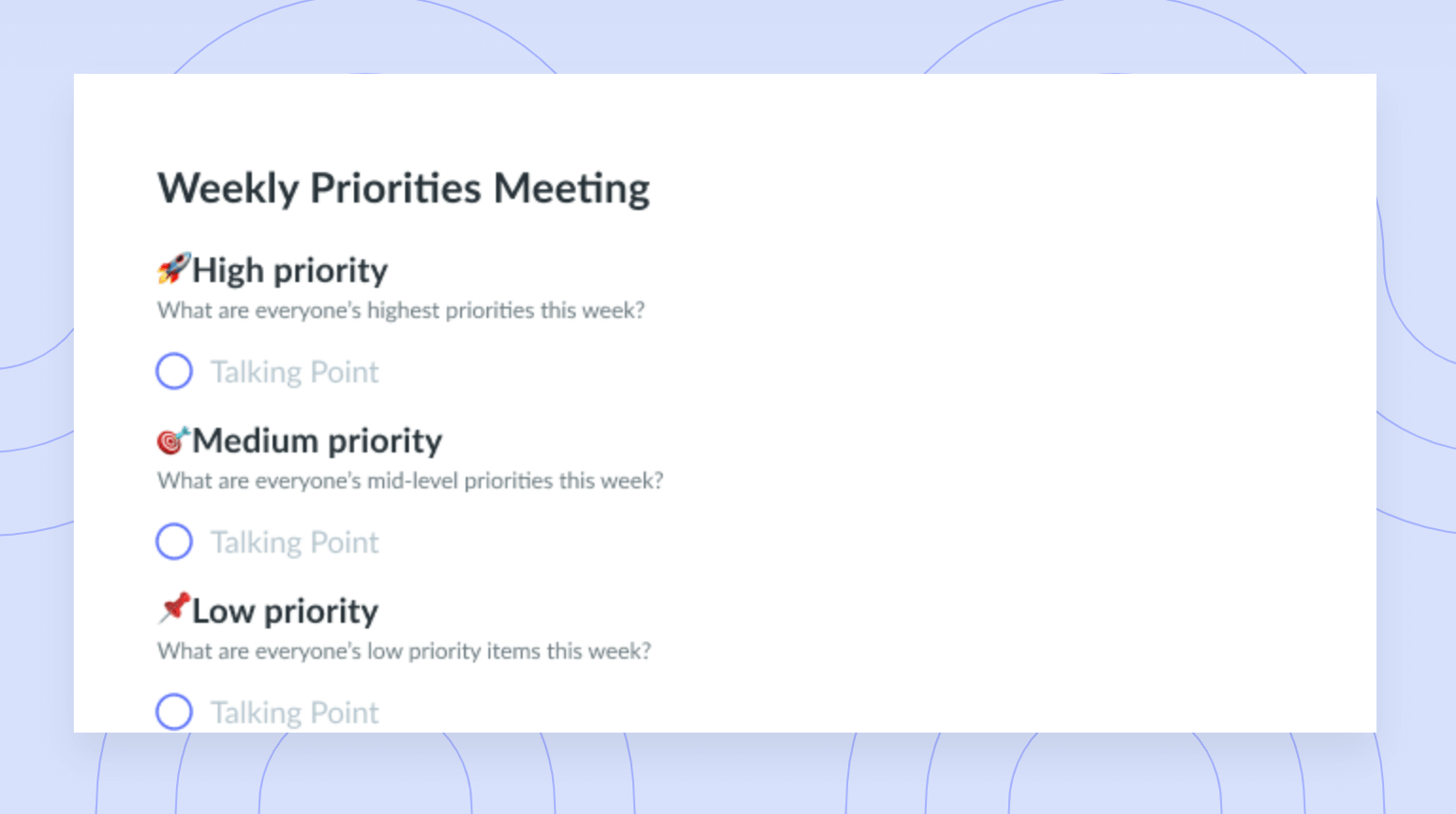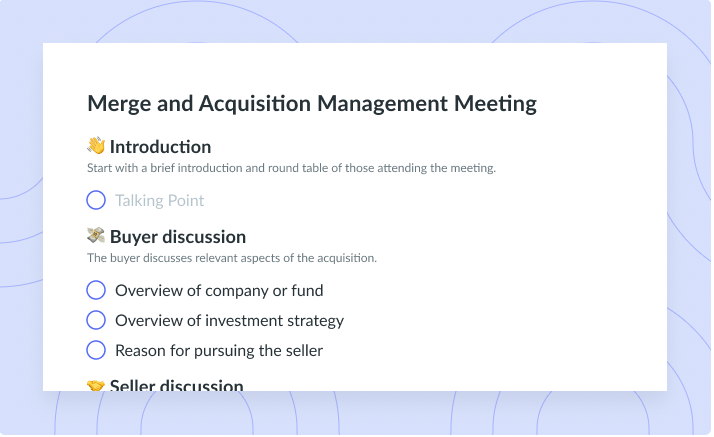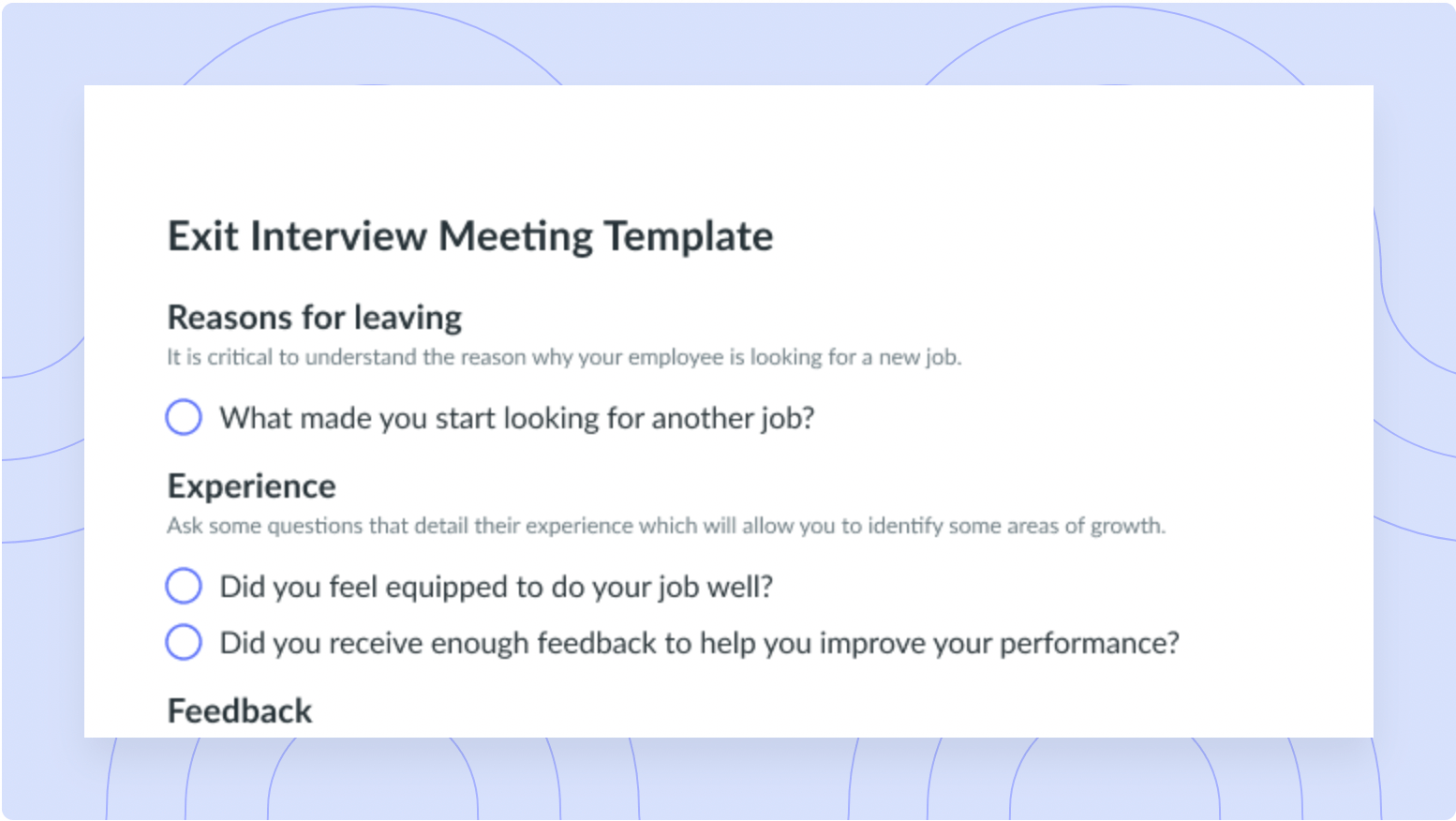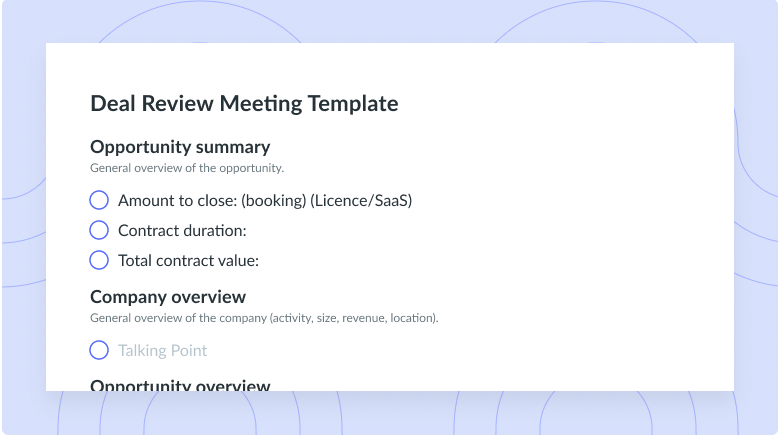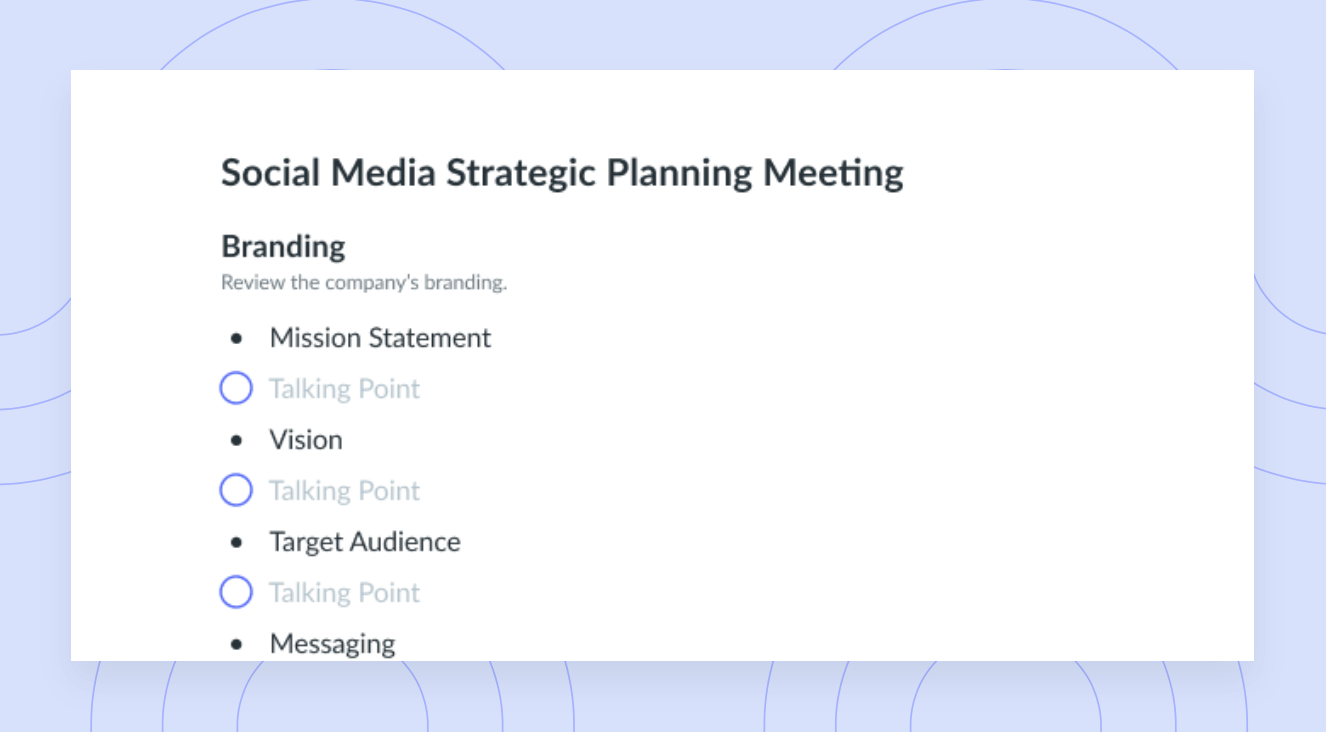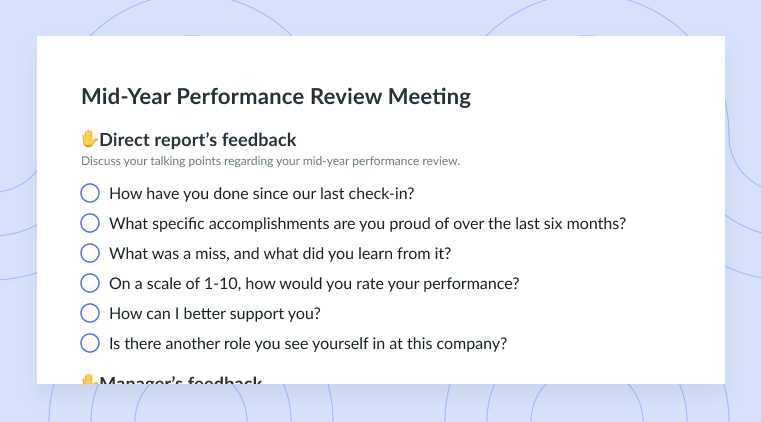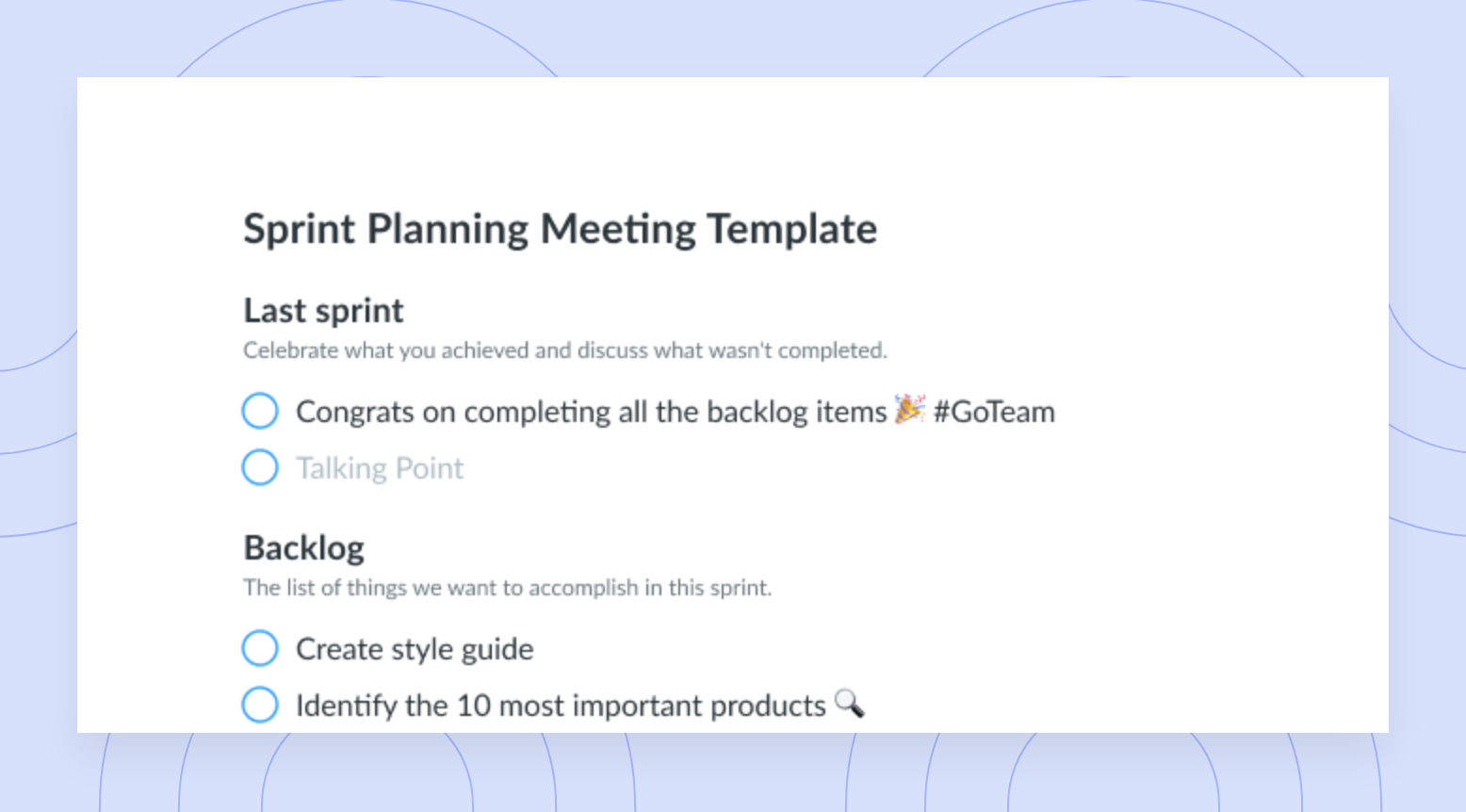Operations Strategy: Your 2024 Guide to Success
A robust operations strategy is the key to your organization's operational excellence, teamwork, and efficiency.
Whether you’re planning for a meeting, preparing to hire new team members, or trying to win over stakeholders, you’re constantly strategizing for your organization. While each of these endeavors calls for its own plan and approach, one thing unites them: From recruiting to supply chain management and expansion, you need to manage all your operations cohesively in ways that move your organization forward.
An operations strategy is the action plan that guides you toward business optimization. It may sound fancy, but this just means keeping your organization productive and aligned with its biggest goals. Below, you’ll learn about the different types of operational strategies and the elements that go into making them.
- Why having an operations strategy matters for your business
- Types of operations strategies
- Elements of an operations strategy
- Measuring the success of your implemented operations strategy
Why having an operations strategy matters for your business
An effective operations strategy aligns your operations with your strategic goals. This way, your team members can better understand their roles and responsibilities—you’ll experience fewer “I thought you were handling that” moments. Your operations strategy also maximizes your workforce’s productivity through streamlined workflows that guide your team toward focusing on its core tasks.
Operations strategies are great for slashing unnecessary costs and making the most of your resources, too. These strategies drive strategic planning, proper resource allocation, and excellent time management. They also outline expectations across departments so that every part of your organization works together toward overall success.

Run efficient meetings, come to a decision, and get back to work
Level up your meeting habits to boost engagement and productivity with a collaborative meeting agenda. Try a tool like Fellow!
Types of operations strategies
Your organization has several types of operations, so you’ll need a strategy for each of them. Below are the most common types of operational strategies.
- Corporate strategies
- Competitive strategies
- Core competency strategies
- Product or service strategies
- Customer-driven strategies
1Corporate strategies
These strategies are your big-picture plans. They relate to your organization’s overall direction, from your high-level goals to how you achieve them. Your mission statement acts as the foundation of this strategy. Organizational values and ideas from executive leadership, as well as key performance indicators (KPIs) and objectives and key results (OKRs), can also help define corporate strategies.
A solid corporate strategy is about more than a bold objective or to-do list. It includes clear and measurable goals, a straightforward outline of the products and services you offer, and profiles of your target customers and clients. This type of strategy also lays out a picture of your organization’s competitive landscape.
Performance and risk management elements, along with risk mitigation measures, are also included in corporate strategies. A good corporate strategy anticipates potential scenarios and future developments so your organization is equipped to face the unexpected.
2Competitive strategies
These strategies involve leveraging your organization’s unique strengths and capabilities—the ones that set it apart from its competitors. For this strategy, you’ll need to understand what your organization and team do best so you can strategically play to your strengths. The goal is to define the specialized services, products, and skills your organization brings to the market so you can maximize your organization’s competitive advantage.
Different types of competitive strategies work differently to give your organization a competitive edge. For instance, a cost leadership approach, on one hand, involves keeping costs as low as possible to draw in a broader customer base; to make up for your lower prices, you’ll need to minimize your overhead costs in tandem. A differentiation leadership strategy, on the other hand, involves emphasizing how and why your offerings are unique in the market.
There’s also the cost-focus strategy that, like cost leadership, prioritizes affordability. However, the cost-focus strategy also targets a specific audience. Similarly, a differentiation focus strategy caters to a niche market subset and offers that audience results that meet their direct needs.
3Core competency strategies
Core competency strategies are about pinpointing the qualities that build your organization’s competitive advantage. These can include innovation, specialized expertise, sustainability, and so much more.
These operations strategies support your plans for setting your organization apart from others in your market. Conducting a SWOT analysis is a good starting point for creating this type of strategy. After all, a SWOT analysis is all about your organization’s strengths and weaknesses.
A strong core competency strategy sparks innovation for new products and services while growing your potential to reach diverse markets. To be effective, this type of strategy needs to build on the benefits you expect from your final product or service. Just as important is for the strategy to produce results that are difficult for competitors to replicate.
4Product or service strategies
Product or service strategies focus on what your organization offers and the best ways to present it to the market. You’ll start with an understanding of market needs and then create products or services that meet and exceed those expectations.
With product strategies, your team sees how its work on product components aligns with your organization’s broader strategic objectives. These strategies also go beyond creating new products—they ensure your offerings are exceptional.
5Customer-driven strategies
Just about as straightforward as they sound, customer-driven strategies cover the practical side of keeping your clients happy. These plans focus on understanding and meeting the needs and preferences of your clients or customers—from tailored marketing to responsive customer service.
By integrating customer-driven strategies into your operational framework, you build customer loyalty and gain a competitive edge. (A great example is Amazon, which is well known to have the best customer service of any online department store.) This way, you’re doing more than meeting expectations—you’re exceeding them and creating experiences that turn your customers into advocates for your organization.
Elements of an operations strategy
Here are the key elements to consider and include in your operations strategy.
1Resource allocation
Proper resource allocation is the backbone of any operations strategy. It involves distributing human, financial, and technological resources to make sure your processes are running as efficiently and effectively as possible. Good resource allocation involves creating a budget as you create resource processes, not before. This way, you get to know your task dependencies, properly estimate your costs, and reduce waste.
2Capacity planning
Capacity planning involves forecasting the resources you’ll need to meet future demand. You’ll ensure your organization has the necessary talent and skills to operate and progress.
When you assess your organization’s current capacity through your team’s workload and available resources, you can prepare to implement more advanced operations. This proactive step equips your organization to tackle upcoming challenges and maintain a seamless operational flow.
3Process improvement
From bringing on clients to onboarding new team members, there’s a process for just about everything your organization does. Process improvement is about taking a good look at the processes your organization handles and figuring out ways to make them more efficient.
Identifying inefficiencies and eliminating bottlenecks are key pieces to this part of an operations strategy. Plus, it’s easy—over time, you’ll naturally spot the hiccups in your processes. From there, you can brainstorm solutions and find ways to implement them without negatively interfering with the flow of your organization’s outputs.
4Technology
Technology is what propels your operations strategy into the future. Adopting and integrating cutting-edge systems and automation tools to optimize processes aids in efficiency improvement and productivity. Whether you use advanced manufacturing technologies or upgrade your software systems to include automation programs, putting technology to work can optimize your operations.
With Fellow, you can leverage AI to improve meeting productivity and efficiency by automatically recording, transcribing, and summarizing your meetings. Fellow’s AI Meeting Copilot also accommodates up to 10 different languages, which can help improve operations for organizations working globally and multilingually.

The most integrated AI Summaries
Say goodbye to disjointed AI tools. Fellow’s AI meeting summaries, recording, and transcription are linked to every meeting and calendar so everything is in one place.
5Key performance indicators
KPIs are metrics that give you insight into the performance of your operations’ many moving parts. KPIs are great for measuring the efficiency of your resource allocation plans and the effectiveness of your process improvements. There are countless KPIs—average time to complete a task, delivery time, and resolution rate are a few examples.
Measuring the success of your implemented operations strategy
Once you’ve locked in your operations strategy, it’s important to keep an eye on how well it’s working for your organization. Remember those KPIs you set? You should be regularly tracking and analyzing them to get insights into your strategy’s effectiveness.
A while after implementing your strategy, consider whether the initial challenges your organization faced are resolved or, at the least, are being addressed. This way, you can ensure your operational outcomes align with your strategic goals. From there, you can determine where there’s still room for improvement and take corrective action.
To help you discern whether any tweaks need to be made, you can use Fellow’s objectives and key results tool to easily set, review, and track the objectives and key results you’ve set to measure the operations strategy’s success.
“To holistically measure operational planning’s impact, you may also consider incorporating qualitative feedback and conducting regular stakeholder surveys. This well-rounded approach provides a comprehensive understanding of your organization’s overall health and enables you to make more informed decisions for sustainable growth.”
— Furqan Baig, Director of Operations at Instruo Group
Become a strategic leader in operations
All kinds of moving parts go into creating an effective operations strategy. As you bring your organization together to implement strategies, give your teams a centralized communication platform to streamline collaboration. Fellow simplifies every aspect of your team’s communication.
With Fellow, you can create clear meeting agendas that ensure all important operational aspects get thoroughly covered. Team members can contribute to your agendas, fostering collaborative meetings with distinct talking points, action items, and other notes. When you use Fellow to maintain operational consistency, you successfully lead your team in strategies that look great, not just on paper but also in action.











